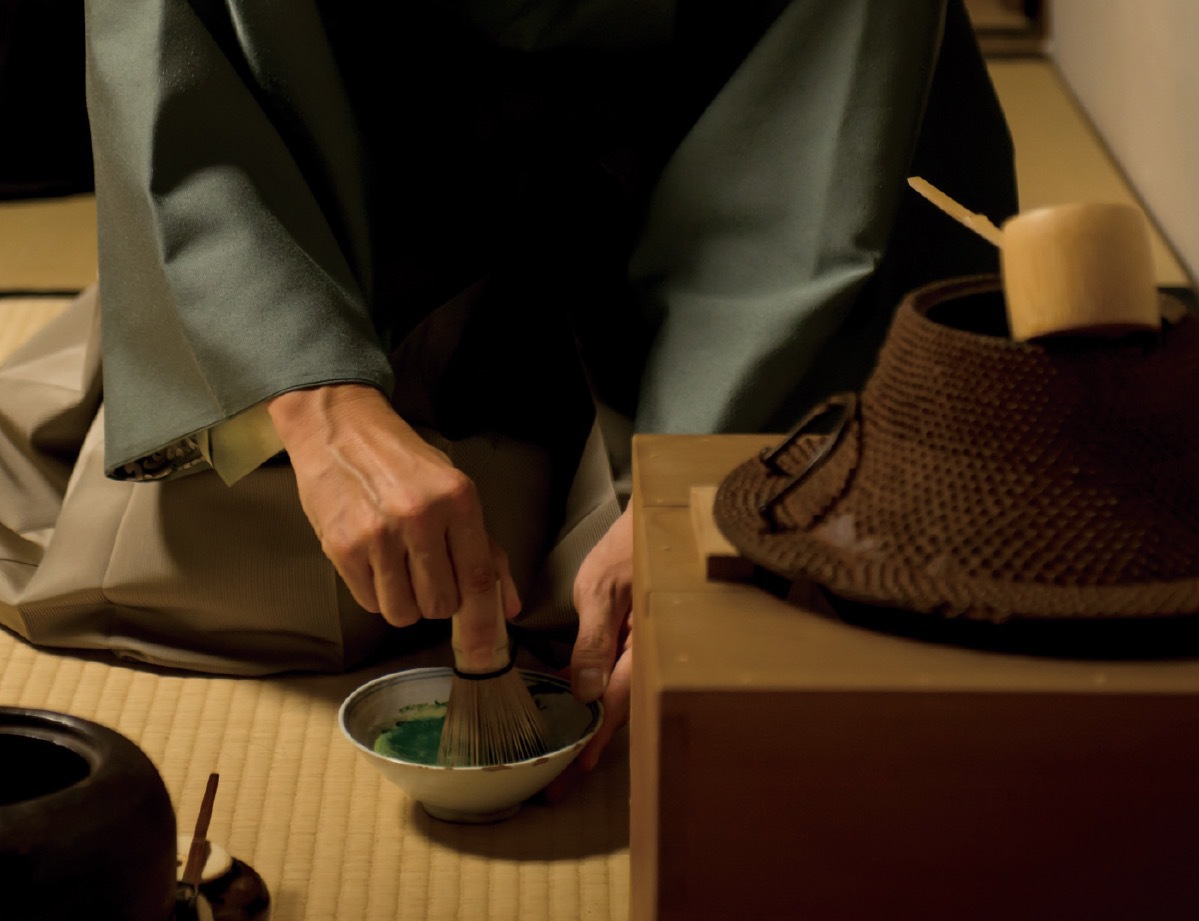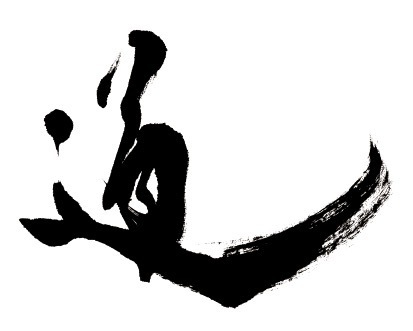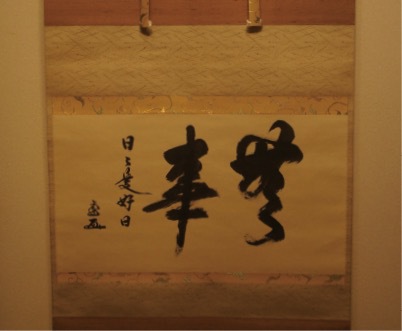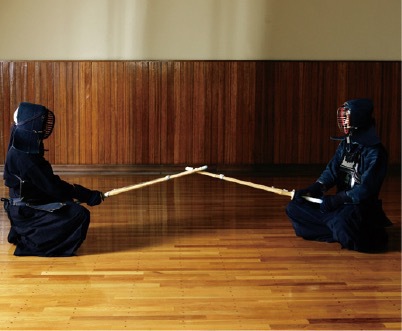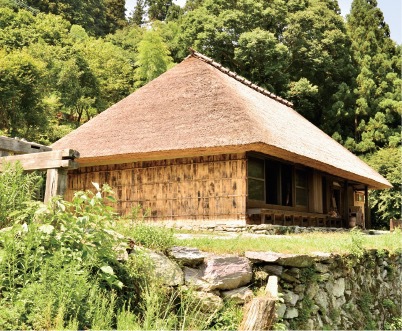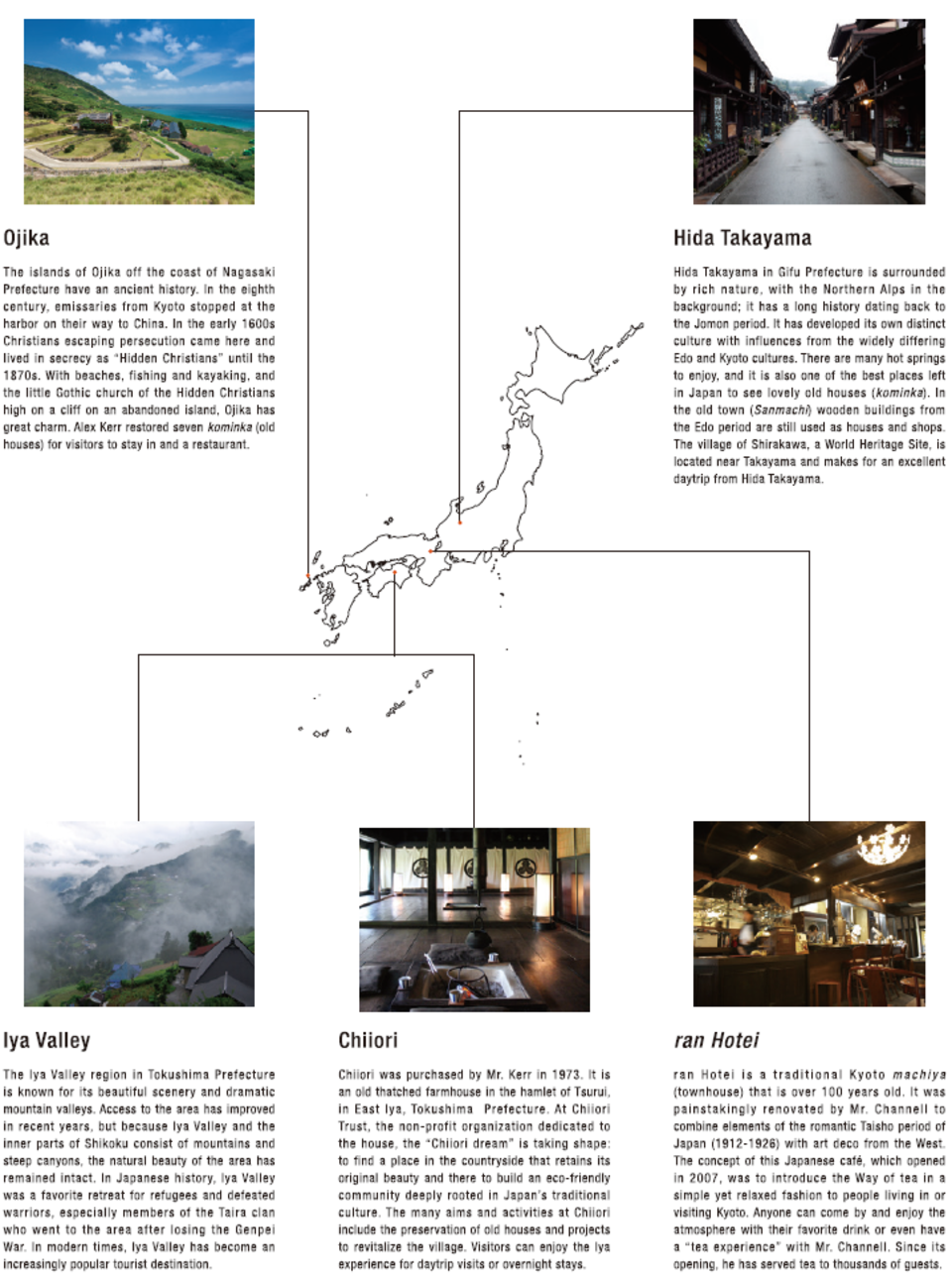The Way of Tea(Chadō)
One of the most respected cultural arts of Japan, the Way of tea is a tradition that has been passed down for centuries. Though referred to as the “tea ceremony” devotees prefer to call to it the ‘Way of tea’ or by the Japanese terms chadō or chanoyu. The Way of tea involves many aspects of Japanese culture including calligraphy, pottery, food, and flowers, but the most important part is making tea and serving it to the guest. An anecdote from the life of Sen no Rikyu, the most influential historical figure in chadō, shows the essence of chadō. Rikyu was asked by a student to elaborate on the Way of tea. Rikyu replied “Make the tea well, lay the charcoal so that boils the water, in summer suggest coolness, in winter warmth; arrange the flowers as they are in the fields; be early for the appointed time; prepare for rain regardless; and be considerate of the other guests.” Perhaps hoping for some underlying secret from Rikyu; the student was disappointed with the answer and replied “I can do that!” to which Rikyu replied “If you truly can, then I will become your student!”
Dō
OThe word Dō means “Way” in Japanese, so kendo means the Way of the sword, chadō, the Way of tea, and shodō, the Way of calligraphy. There are many “Ways” in Japanese culture, and traditionally they require a life-long commitment to self - improvement through dedication to the Way. Dō is one of the most important concepts in Japanese traditional culture.
Kendo
It is a modern Japanese martial ar t , which descended f rom swordsmanship ( kenjutsu ) . I t employs bamboo swords (shinai ) and protective armor (bogu ), and it is widely practiced both within Japan and overseas. The goals of kendo are to develop a strong spirit, cultivate the self, and promote peace and harmony among nations.
Komika
The word kominka is used for old wooden structures of the type that people lived and worked in (not temples or shrines), including farmhouses, shops, and even barns
and storehouses. The tiled and thatch-roofed kominka that you see as you travel around the country make up one of the richest stocks of old wooden buildings in the world.































































































































